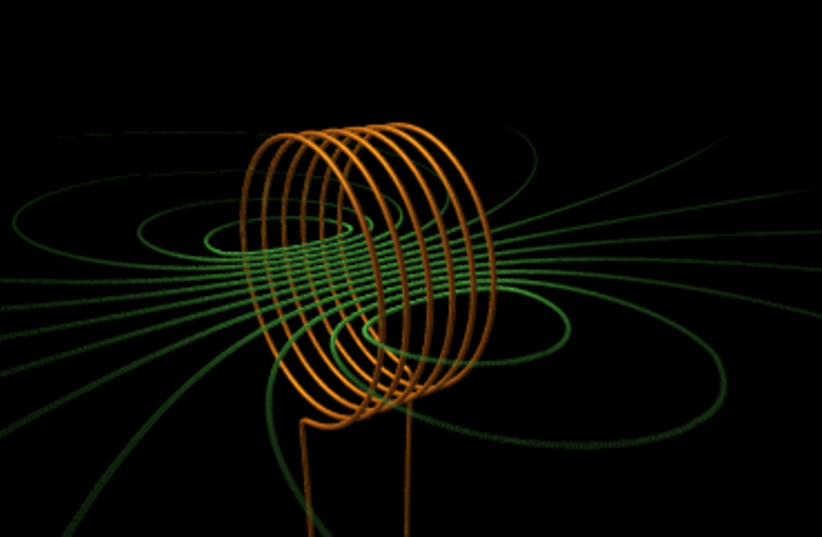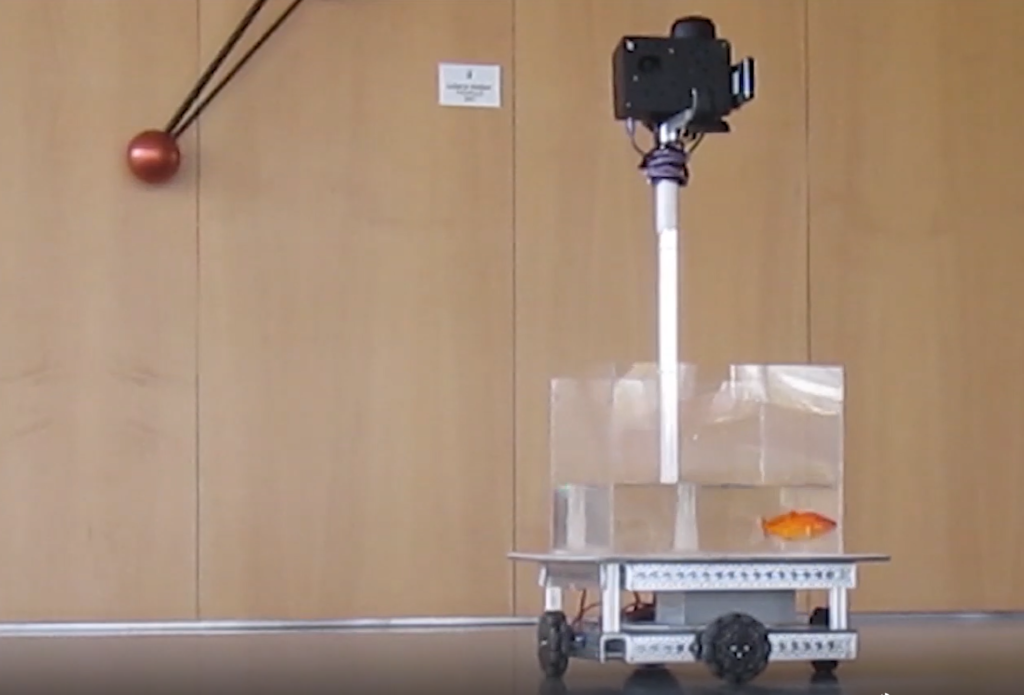
Into the Danger Zone
December 12, 2012
Homeland & Cyber Security, Robotics & High-Tech
The Jerusalem Report — A team of scientists from Ben-Gurion University of the Negev (BGU) in Beer-Sheva, Technion – Israel Institute of Technology in Haifa, and Bar-Ilan University in Ramat Gan has been chosen as the only non-American team to participate in a U.S. robotics competition aimed at saving lives.
The competition is held by the U.S. Defense Advanced Research Projects Agency (DARPA), established in 1958, to explore problem-solving in search and rescue operations after man-made and natural disasters, such as at the Fukushima nuclear power plant in Japan, where radiation made the environment Research too dangerous for humans.
The team named Robil (a combination of robot and Israel) is led by Prof. Hugo Guterman of BGU’s Department of Electrical and Computer Engineering and Homeland Security Institute, and also includes personnel from Israel Aerospace Industries. In total, the team comprises 20 experts and around 40 students.
Robil has been granted $379,000 to develop control software by Boston Dynamics, Inc. for its Atlas humanoid robot, which is being adapted for the competition. The first phase of the challenge will run for six months.
Guterman tells The Jerusalem Report that the basic idea of the challenge is to use humanoid robots since they can use tools or drive cars. The DARPA Robotic Challenge holds two parallel contests, one for those building their own robots, and one for teams – like Robil – who are developing software.
“We began with a simulation to show that we are able to create a system clever enough to act by itself without human intervention,” Guterman says.
“We will be testing three different tasks: firstly for the robot to get in a car, drive it along a road, deal with obstacles, and then get out of the car. The second one is to walk on different surfaces, and the third is to connect a hose or a power cord to an outlet,” Guterman explains. “For human beings these are simple things, but, for a machine, it is very difficult.”
Guterman says that if the team moves on from the first stage, they will be given a robot to work with for the second stage, also six months long, and, should they progress, then there is a third and final one-year phase.
He adds that he was chosen to lead the team, firstly because he and a fellow scientist from BGU had participated in another DARPA challenge in 2007 and also because he was voted in to the position by his teammates.



